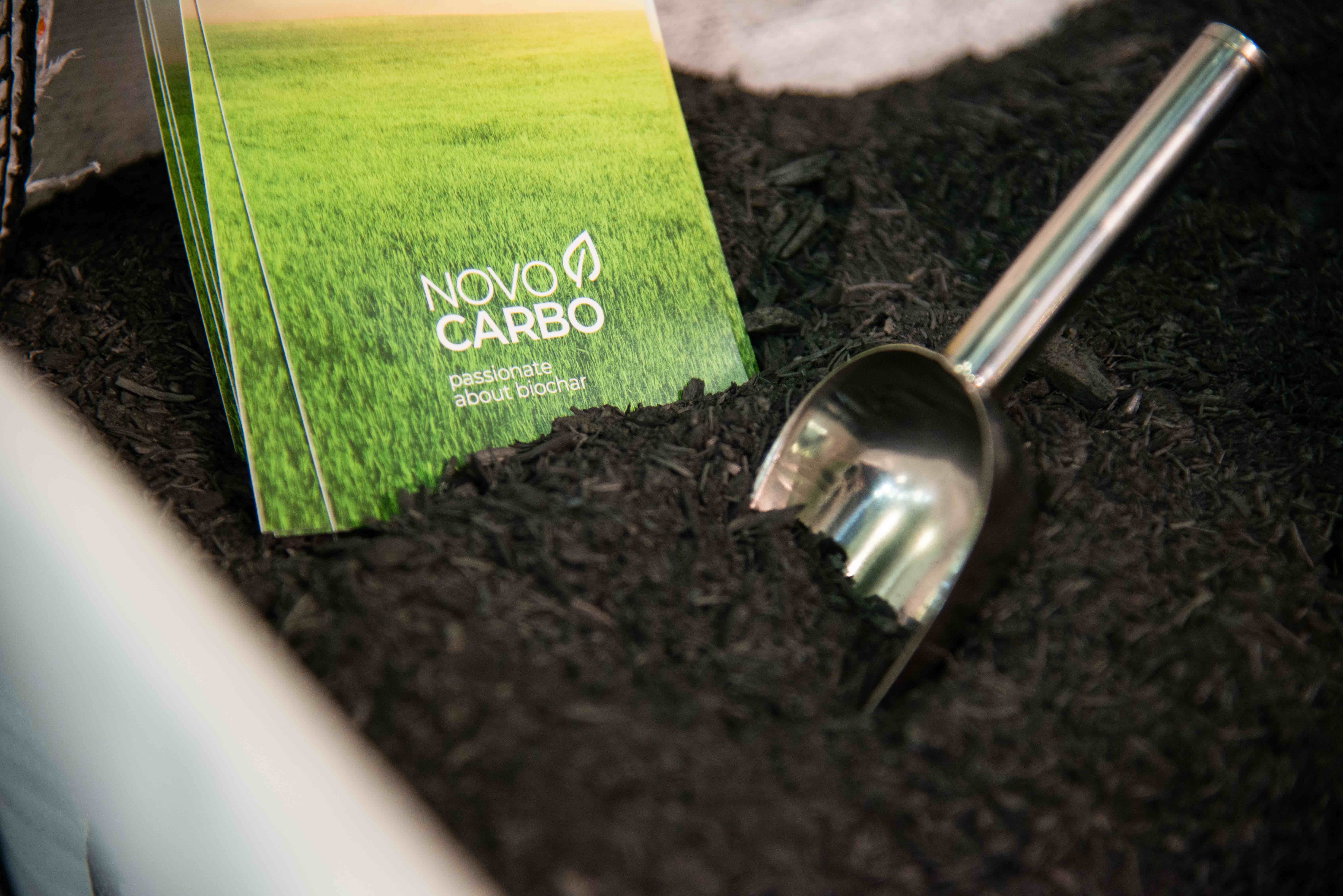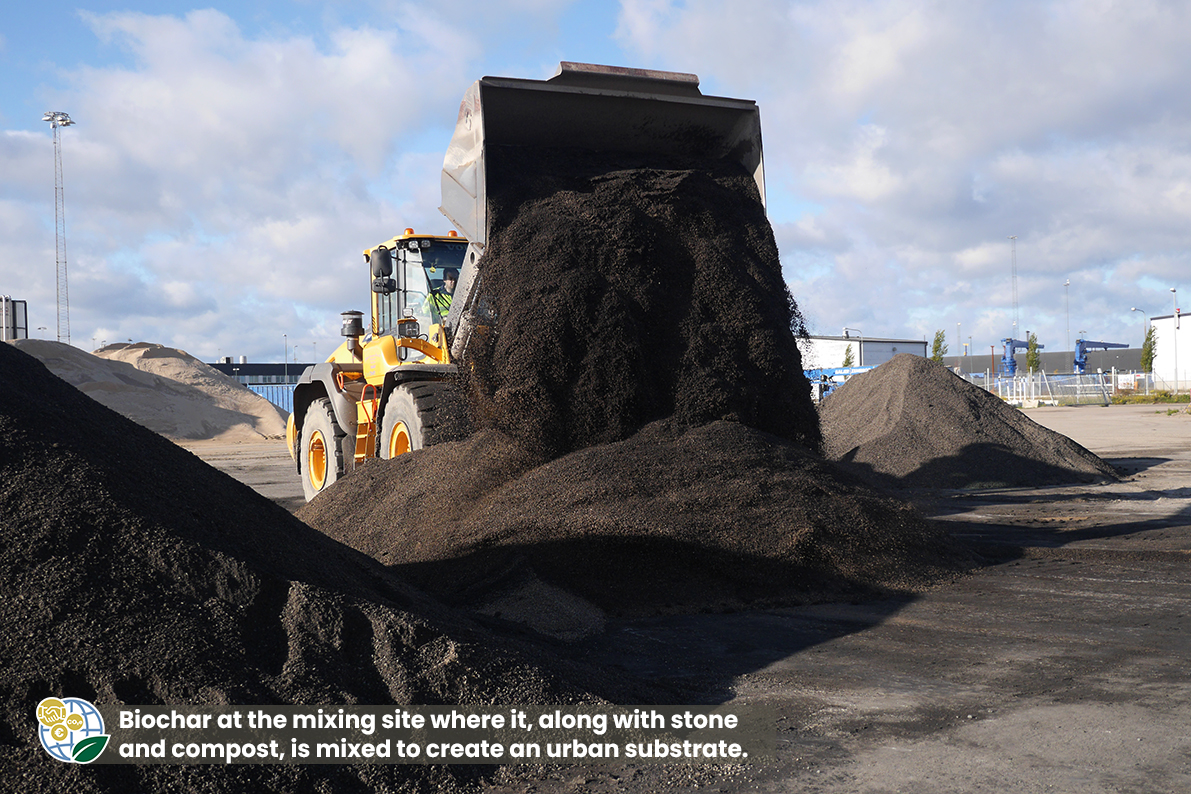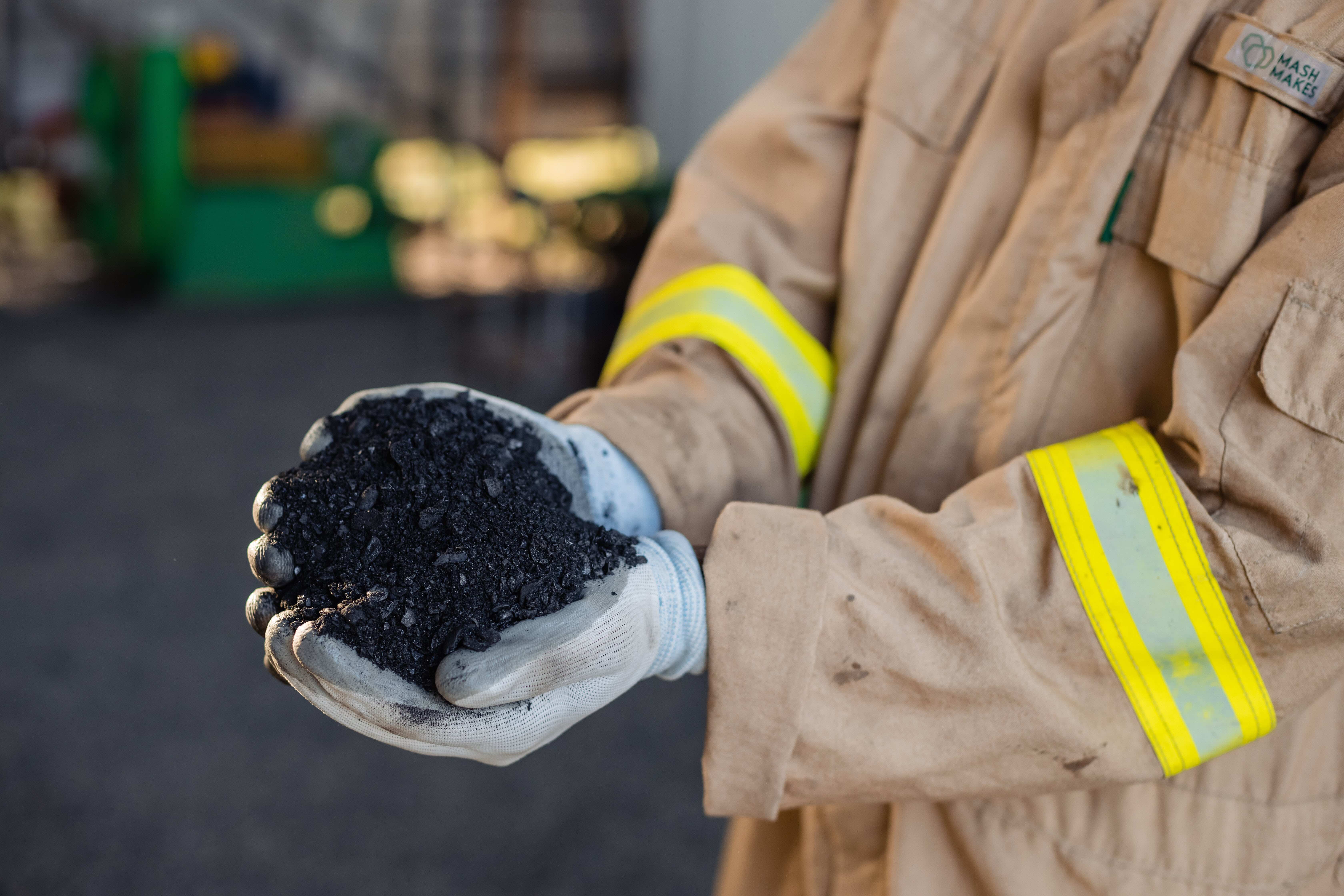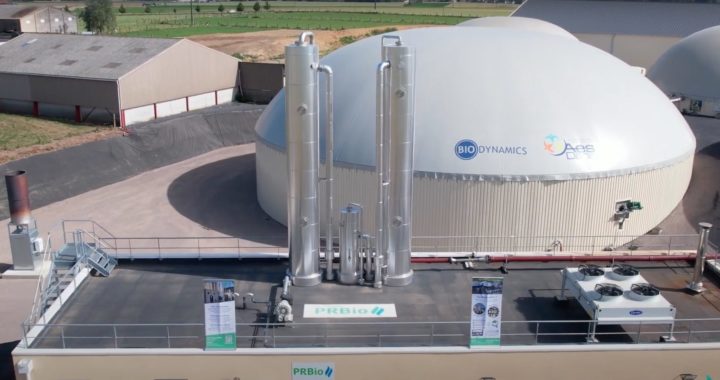Novocarbo Biochar
Biochar
Biomass
プロジェクト概要
Novocarbo remains at the forefront of the biochar/PyCCS market. It currently runs three carbon removal parks in Germany, which have been removing carbon every day since 2018. In 2030, its parks around the world will remove 1 Mt of CO2. And because scale equals more climate-positive impact, it will triple its yearly amounts from 2030 onwards, better contributing to the gigatonnes of carbon removal the world desperately needs.
Novocarbo uses pyrogenic carbon capture and sequestration (PyCCS), a smart combination of nature and technology based on the carbon contained in plant residues. When plants decay or burn, the CO2 captured from the atmosphere is released. PyCCS prevents this through a thermo-chemical reaction that destroys most links to elements other than to carbon itself—much like green coal. This ensures a stable, long-term carbon sink, locking carbon away for thousands of years—and available today at scale.
This solid form of carbon produced is called biochar. Best known for enhancing soil fertility and plant resilience, it’s used in regenerative agriculture. Various industries also use biochar as a sustainable alternative to fossil carbon. Novocarbo has widened its biochar client range to the building, textile, and molding industries. Its product development focuses on non-soil applications by developing sustainable composite materials that enable large industrial scale. Specifically, Novocarbo aims to transform the building and construction industry, one of the most heavily emitting sectors, with a share of 11% of annual global emissions.
An important additional climate benefit of Novocarbo’s process is the provision of regenerative heat, which substitutes fossil energy. That’s because the process itself is autothermal, producing more energy than it takes from the grid. In seeking to accelerate the world’s transition to net zero, Novocarbo contributes today through three integral components of its business: ex-post carbon removal (meaning carbon that has already been safely removed), regenerative energy, and sustainable benefits of applied biochar.




